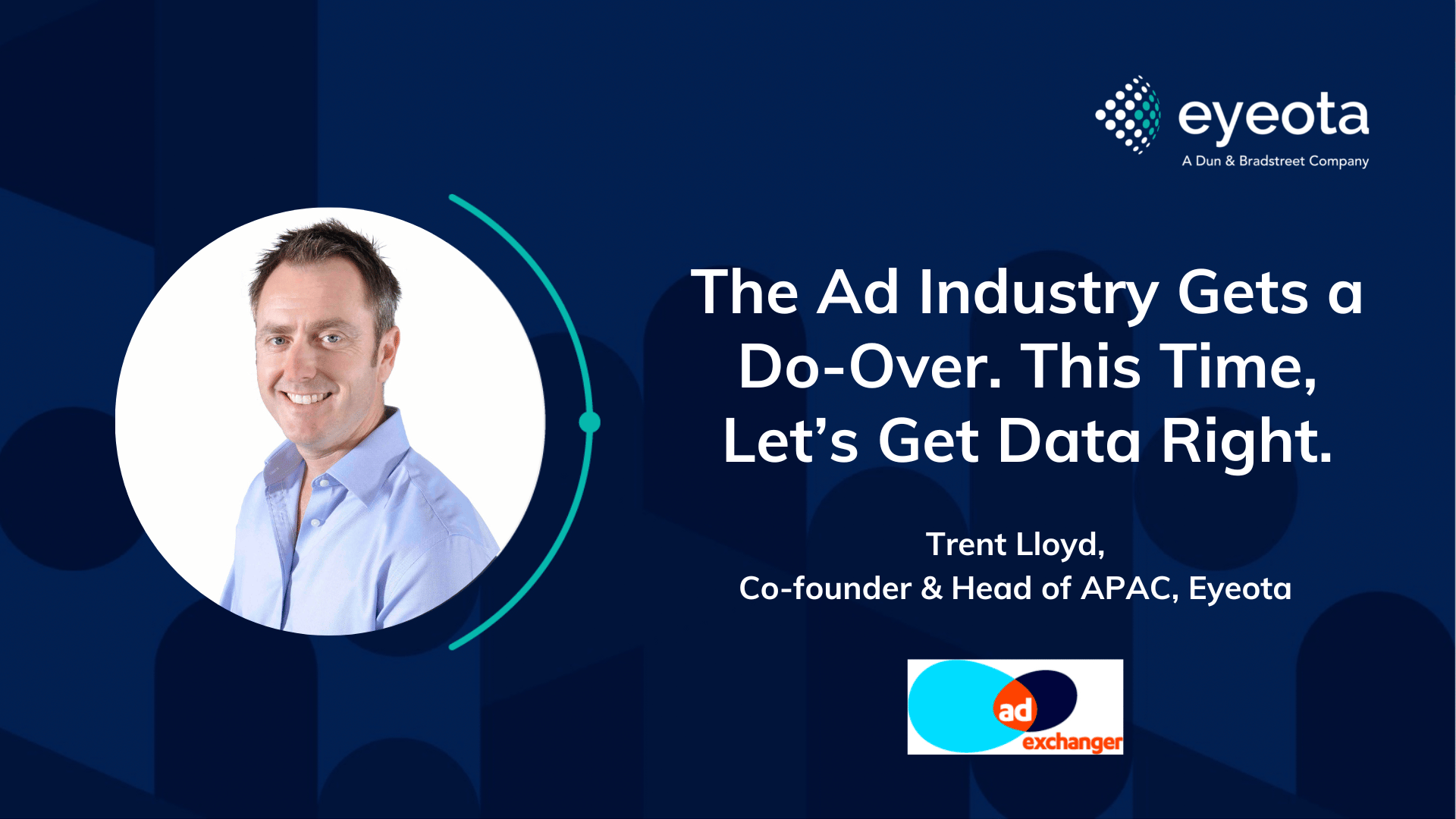When it comes to targeting, the ad industry is in the process of effectively turning back the clock 20 years.
And that’s not a bad thing.
The simple fact is that the ad industry, on its first run-up to personalized marketing, made a number of missteps. The time has come for a course correction. And while the transition may be rocky at times, we now have the opportunity – and means – of laying a sustainable, data-driven foundation for the future.
What went awry?
While there are myriad contributing factors to the regression in audience targeting capabilities in recent years, the basic thrust of these changes is perhaps most evident in Google’s move away from third-party cookies and toward its Topics API.
Under Topics – Google’s substitution for its much-maligned Federated Learning of Cohorts (FLoC) – advertisers will be able to target a user based on a limited and revolving assortment of five interest-based topics at any given time. That’s a far cry from the promise of informed one-to-one marketing, and it’s just one example of tech companies and legislatures putting the brakes on targeting in the name of privacy.
So, where did things go off the rails? In some respects, it’s been a case of the ad tech industry spending more time asking whether it could do something, rather than whether it should. But it goes deeper than that.
Part of the challenge has been an overemphasis on deterministic data above all else. First-party deterministic data is immensely valuable – but it’s not a silver bullet. In the pursuit of it, a number of probabilistic data techniques that can help advertisers augment and extend their acquisition strategies have been neglected.
In addition, our industry has tended to paint with a broad brush on the topic of third-party data, failing to delineate among sources based on quality and often going so far as to conflate the concept of third-party data with that of third-party cookies. Beyond that, the ad tech landscape has also hung its hat on audience identifiers that have proven unreliable or altogether too easily taken away.
So, what now?
The good news is that we’re getting a do-over. And we can do better. Here’s where advertisers and their partners need to be focused:
Rebalancing deterministic and probabilistic: For all the talk of first-party data as the salvation of targeted advertising, very few brands have access to the scale of first-party data required to fuel strong customer retention and acquisition programs on their own.
Moving into a cookieless and generally identity-challenged future, advertisers need to recalibrate their marketing strategies to harness the full strength of probabilistic techniques, like onboarding and enrichment, in order to apply the knowledge of their customers to understand new prospects.
Rethinking third-party data: Advertisers should continue to strengthen their first-party data strategies as a means of getting closer to their customers and learning more about their target consumers. But they also need to acknowledge that third-party data (which, contrary to how some speak of it, is not synonymous with third-party cookies) will continue to be absolutely essential to enhancing and activating their audience knowledge.
To that end, they need to prioritize strong partnerships with privacy-first, third-party data sources – ones that have deep experience operating and executing in a global capacity.
Operating in an ID-agnostic capacity: It’s become quite clear in the lead-up to cookie deprecation that there will not be a single ID to rule them all in the future. Going forward, advertisers need to be implementing solutions that build connections rather than walls – connections among all data points that collect audience identifiers, such as mobile IDs, hashed email, contextual data, first-party data and more.
Our industry is going through a challenging time right now, and advertisers need to brace for disruption in their legacy targeting strategies. But it’s a necessary disruption – and a chance to learn from industry stumbles of the past. Let’s get it right this time.
This article was first published on AdExchanger.
